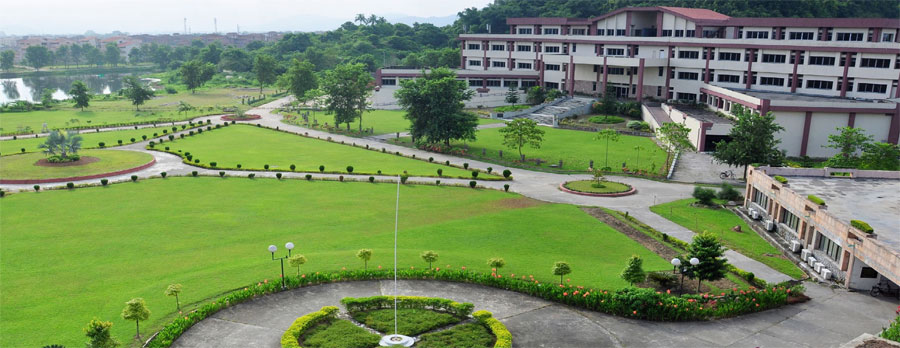A team led by IIT Guwahati scientists has developed efficient “pincer” catalysts having the potential to transform industrial/biomass waste into valuable chemicals.
IITGs on Monday said tiny amounts of “pincer” catalysts repeatedly convert large amounts of industrial waste such as glycerol into lactic acid and hydrogen. Such catalysts also efficiently convert bioethanol, a low-energy density fuel, into high-energy density butanol.
One could envisage pincer catalyst as an organic molecule (ligand) holding the metal with three arms, a member of the research team, which started work on the project last year, told The Telegraph.
“This (pincer catalyst) is very similar to three fingers holding a sphere. The three connecting points provides a good control on stability as the metal does not easily leach out from the system. As the major portion of the metal is surrounded by the ligand, the available space will be selective for reactions to happen as only those molecules which fit in can react,” the member said.
The findings have recently appeared in the Royal Society of Chemistry journals, Chemical Communications and Catalysis Science & Technology, IITG said, adding that the results of the experiments have been validated by theoretical studies.
The conversion of valuable intermediates such as glycerol and ethanol, produced during the processing of biomass, into industrially useful chemicals has elicited much interest worldwide.
Glycerol, for example, which is a by-product in biodiesel, can be transformed into lactic acid and hydrogen — the former used extensively in food, pharmaceutical, cosmetic and polymer industries, and the latter in the energy sector.
Likewise, ethanol obtained from biomass can be converted into high quality fuel. While bioethanol has lower energy density than gasoline and corrodes engine parts when used directly, it can be transformed into higher energy butanol that is immiscible in water and non-corrosive in nature.
The research team, which believes that its work will have a global impact on the commercial production of lactic acid/biofuels and their multi-billion-dollar market worldwide, plans to take these bench-scale reactions to pilot-plant scale and ultimately to the commercial level with industrial collaboration.
The research team included Dr Akshai Kumar Alape Seetharam, department of chemistry and Centre for Nanotechnology, Dr Hemant Kumar Srivastava, currently at National Institute of Pharmaceutical Education and Research (NIPER) Guwahati, research scholars Kanu Das, Moumita Dutta, Siriyara Jagannatha Prathapa, Eileen Yasmin and Dr Babulal Das.










